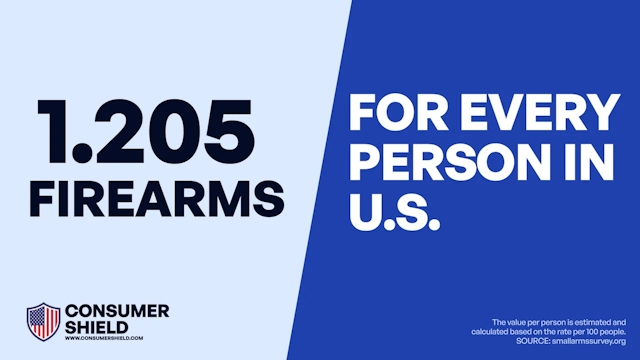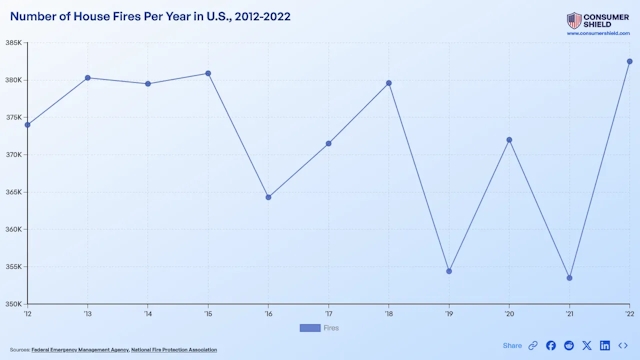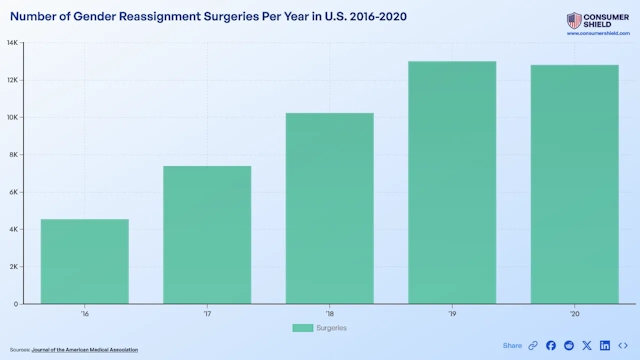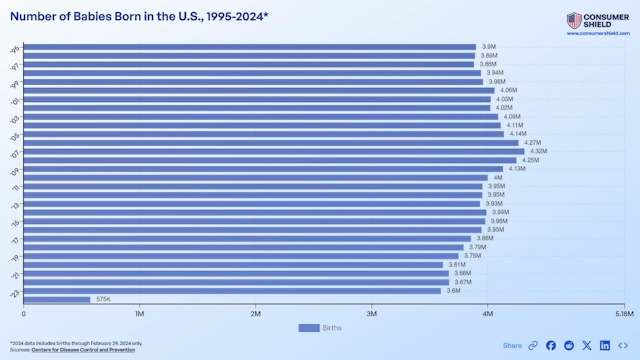Rising Tide of Police Brutality (2015-2024)
2023 marked a grim milestone in US law enforcement history, becoming the deadliest year in over a decade with police killing at least 1,232 people. This data, provided by Mapping Police Violence, underscores a systemic crisis, revealing a pattern of roughly three fatalities per day due to police actions. The increase in fatalities, including shootings and deaths from non-lethal force, highlights the urgent need for systemic reform and accountability in policing practices across the nation.
The Stark Reality of Police-Involved Fatalities
In the wake of the 2014 Ferguson shooting, efforts to comprehensively catalog police-involved fatalities have unveiled a systemic crisis, challenging perceptions of racial bias in law enforcement's use of lethal force. Analysis reveals a consistent pattern of three daily fatalities, prompting a reevaluation of racial biases and the effectiveness of reforms like body cameras. This urgent issue necessitates a shift towards more nuanced research methodologies to dissect the complexities of police brutality and racial disparities. Addressing the stark reality of police-involved fatalities requires transparent data, accountability, and systemic reform to foster a just and equitable society.
The Broad Spectrum of Police Brutality Statistics
Addressing the question of how many people are killed by police each year requires a deep dive into the broader context of police brutality. This encompasses not only the fatal encounters but also instances of excessive force, misconduct, and abuse of power by law enforcement officers. Highlighting these statistics is paramount in driving transformative change and ensuring justice and integrity within the police force.






